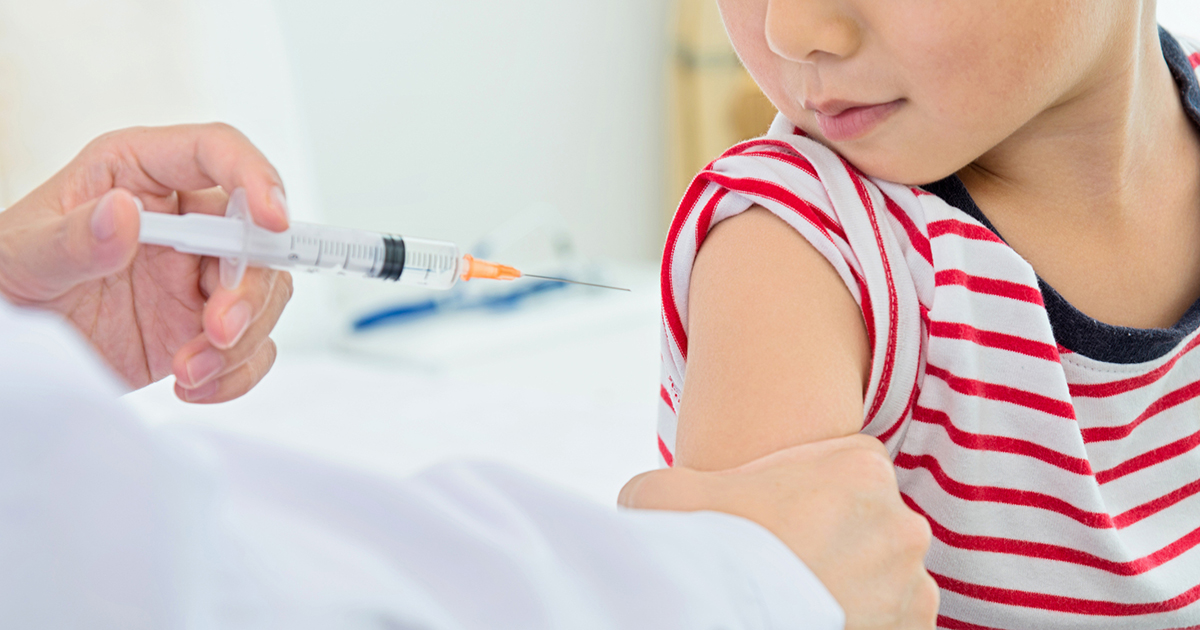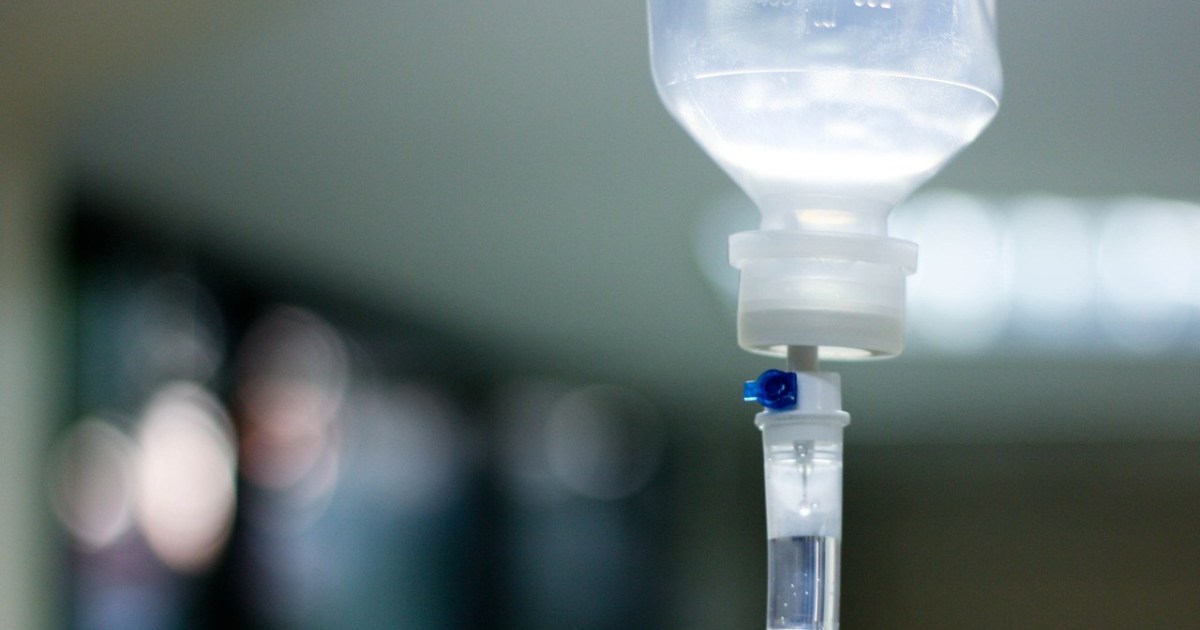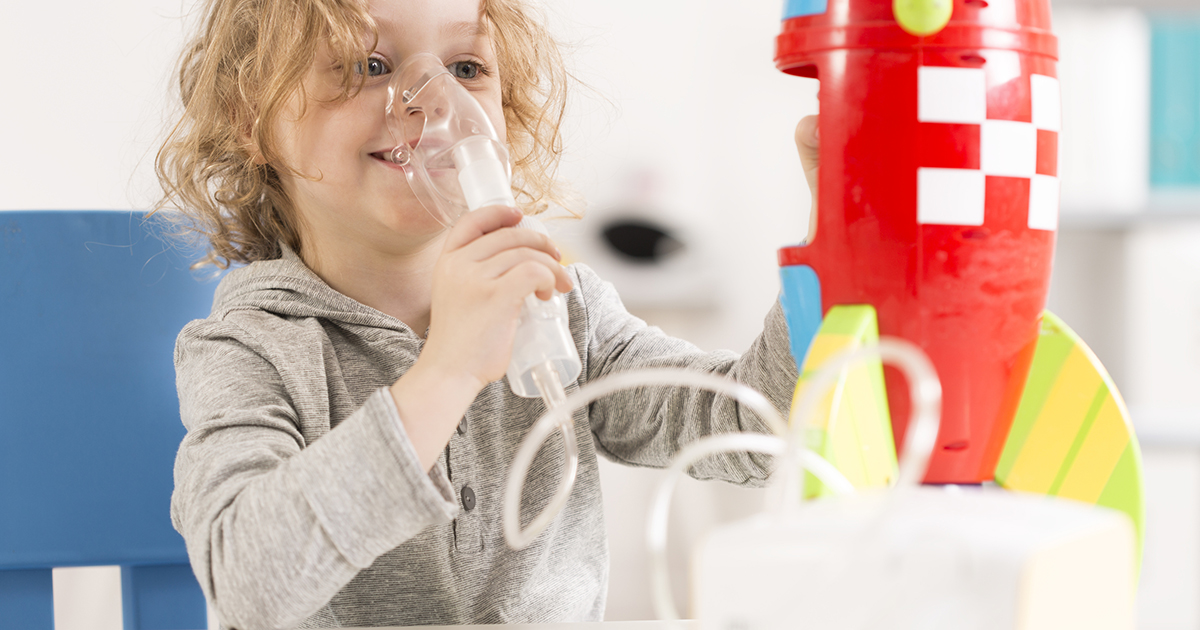Ways To Prevent And Treat Epiglottitis
Epiglottitis is an inflammation of the epiglottis, the thin tissue connecting the tongue to the base of the mouth. The epiglottis prevents food from mistakenly traveling to the windpipe or trachea and becoming lodged, which can cause choking. Epiglottitis is typically caused by infection of the epiglottis, but it can also be the result of trauma. Infection from other areas of the mouth and throat can also migrate to the epiglottis, resulting in epiglottitis. Epiglottitis can be fatal, as severe swelling can cause the epiglottis to obstruct airflow making it difficult to breathe. Individuals with epiglottitis must be treated immediately by a physician.
Get The Hib Vaccine

Until recently, the most common cause of epiglottitis was due to the Haemophilus influenza type b (Hib) virus. This is infection is responsible for a variety of other medical conditions, including meningitis. Hib is spread through the air by way of sneezing or coughing. Sometimes carriers will not get sick but they are still able to transmit the virus and make others sick The best way to avoid epiglottitis caused by the Hib virus is to get the Hib vaccine.
In fact, epiglottitis due to the Hib virus is far less common in developed countries because the Hib vaccine is widely available and utilized. In the United States, children typically receive the vaccine in three or four doses, between the two and fifteen months old. The vaccine is generally not given to individuals over five years old, but children and adults who have not been vaccinated against Hib and have compromised immune systems are encouraged to get the vaccine.
Frequent Handwashing

Streptococcus pneumonia, streptococcus A, B and C, and Staphylococcus aureus are all common infections that can lead to epiglottitis. Each of these infections can be spread by an individual touching an object or person with the infection and then putting their hands in or near their mouth. To aid in preventing the spread of these and other infections, it is best to engage in frequent handwashing.
Handwashing should be performed after exposure to an infected individual or their belongings, after using the restroom, and before eating. This will allow for the removal of any bacteria from the hands and decrease the likelihood of transmission of a virus or infection. If access to water or soap is unavailable, using an alcohol-based hand sanitizer will suffice.
Don't Share Personal Items

Because epiglottitis is often caused by infection, it is important to minimize contact with clothing or other items that may potentially carry infection. Don't share personal items with individuals known to be sick, especially those sick with the previously mentioned viruses known to cause epiglottitis. While it may be an easy feat for adults, school-aged children may have a bit more difficulty with this.
It is important to remind children not to share clothing and other personal items and if their items are borrowed a good rule of thumb is to run them through the wash when the item is returned. Children's toys should be washed in hot water after visitors or playdates to minimize the risk of infection and possible epiglottitis.
Course Of Antibiotics

Patients diagnosed with epiglottitis will generally undergo a course of antibiotics, which will help fight the bacteria causing the illness and swelling. Because there is an increased risk of choking when swallowing, antibiotics will need to be administered intravenously. Before administering antibiotics, physicians will typically run blood tests to determine the exact cause of the infection.
The length of time a patient will need to be treated with antibiotics depends on how severe the infection is and how long it takes for the inflammation to decrease. When caught early, antibiotics typically begin to work within twenty-four to forty-eight hours. More severe cases can take up to a week.
Making Sure The Patient Can Breathe

Because epiglottitis can cause airway obstruction, making sure the patient can breathe will be the primary objective during treatment. Individuals may be required to wear an oxygen mask that covers the nose and mouth and delivers consistent oxygen every time they breathe. In cases where swelling has increased and breathing is fairly difficult, the patient may need to have a breathing tube inserted into the windpipe. This can be done through the mouth or nose. The breathing tube will deliver oxygen directly to the lungs.
When the swelling of the epiglottis has decreased considerably and the patient is able to maintain normal airflow, the breathing tube will be removed. For patients with severe or life-threatening swelling (where the windpipe is completely obstructed), a cricothyroidotomy may need to be performed. This involves inserting a needle directly into the trachea allowing for air to flow directly into the lungs. A cricothyroidotomy is considered a last resort treatment to aid in breathing when all other measures have failed.
